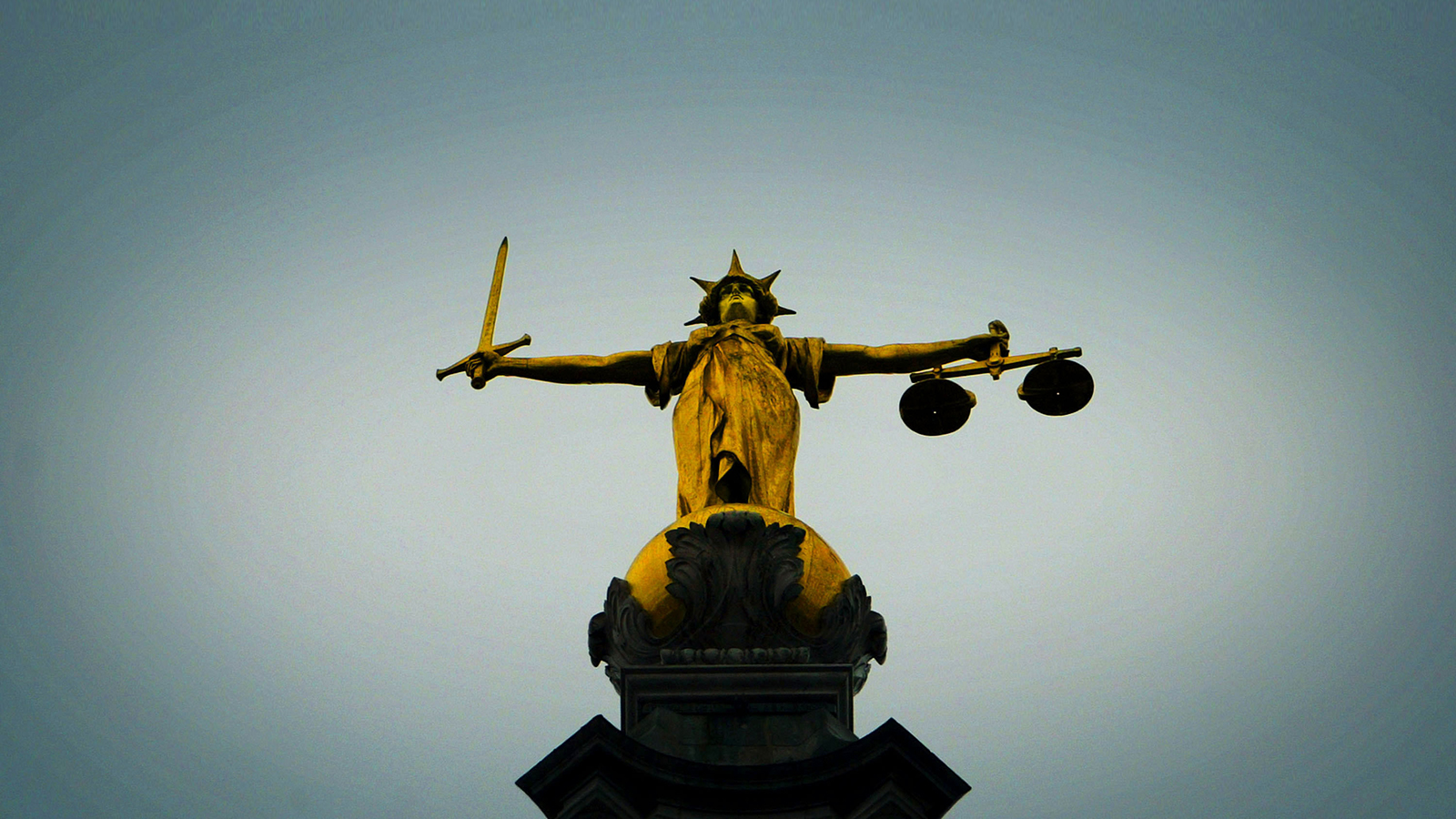The Quiet Racism in the Zimmerman Trial
“It isn’t a racial event”, George Zimmerman’s attorney told CNN’s Anderson Cooper on Monday night. Trayvon Martin was shot and killed because “two people…misinterpreted each other’s actions.” Juror B-37 agreed, saying that “George would have reacted the exact same way” if Trayvon Martin were “Spanish, white [or] Asian.” Zimmerman feared for his life, period. He was not racially profiling Trayvon Martin. He was not targeting a black teen. “I think all of us thought that race did not play a role,” Juror B-37 said of her five peers in the jury box. “We never had that discussion.”
It has been well reported that the jury in this explosive trial was made up of five white women and one Hispanic woman. There were no black jurors. This fact has reignited an old debate about the ability of individuals to abstract from their own circumstances to render a fair and impartial verdict in a trial involving people very different from themselves. Some say it is obvious that white people cannot understand what it is like to be black in America, making the racially homogenous jury in Zimmerman’s trial herald an easy win for the defense. Others say it lacks faith in the human faculty of reason to presume that people cannot think outside their own narrow circumstances and carefully weigh evidence free of bias.
Both sides have a point. The jury system would be a joke if average people were incapable of listening to witness testimony and weighing evidence without undue prejudice. (The call to abolish the jury system has been voiced for centuries, but the sixth amendment doesn’t seem to be going anywhere.) There is ample evidence, however, that the racial make-up of juries affects the outcome of trials.
I’ll get to that evidence in a moment. First, an obvious but important point to clear up: the problem is not that the nearly-all-white jury was hardly a collection of Trayvon Martin’s peers. Juries are supposed to be made up of the defendant’s peers, not the crime victim’s. Jesse Jackson flubbed this one a few days ago on MSNBC. But Martin was effectively “tried in absentia”, as Charles Blow of the New York Timeswrote, and it is up for debate whether the constitutional guarantee of an “impartial jury” was met in this case.
Juror B-37 sounded sincere when she disavowed any racial overtones in the alleged crime, trial and jury deliberations. But the claim is dubious. Given the realities of race in the United States, and given the racial identities of the two people involved in this deadly altercation, there are resounding racial implications in each stage of this killing and its aftermath. The image of a black teen in a hoodie is not the image of a white teen in a hoodie or an Asian teen in a hoodie. When the judge in Zimmerman’s trial ruled the term “racial profiling” out of the courtroom, he banished official consideration of this undeniable social fact. Hilary Shelton of the NAACP wrote this in the Independent:
Had the judge in the trial of George Zimmerman permitted discussion of racial profiling, the prosecution could have argued that, of all the people who walked through his gated housing community, Zimmerman was looking for certain type of person. And on the night of 26 February he spotted a man that fitted the bill. A man who simply didn’t belong there.
The case would have hinged on the conversation Zimmerman had with the police dispatcher. “They always get away,” he said. He, like so many before him, had already profiled who “they” were. “They” are not just Trayvon Martin. Trayvon Martin is part of “they”. “They” are those that arouse suspicion. “They” are those that are deemed to struggle in a society that still uses appearances to dictate whether we could be criminal or not.
But since these racial overtones were banned from the courtroom discourse, the jurors had no opportunity to consider them. According to Samuel Summers and Phoebe Ellsworth of the University of Michigan, it is the “absence of overt…judicial discrimination” that characterises racial prejudice in today’s American courtroom:
In modern America, many Whites embrace an egalitarian value system and try to behave in an appropriately nonprejudiced manner when race is salient. Therefore, contrary to the intuition of many scholars and researchers, contemporary White jurors are more likely to demonstrate racial bias against a Black defendant in interracial trials without blatantly racial issues.
A study of race and jury trials in Florida published last year in the Quarterly Journal of Economics found that “conviction rates for black and white defendants are similar when there is at least some representation of blacks in the jury pool.” But all-white juries are a very different story—they convict blacks 16% more often than they convict whites.
Just one black juror in the jury box erases the discrepancy in conviction rates. This suggests that all it takes to quell quiet racism in deliberations is to include one person whose experiences can illuminate the judgment of the others. We don’t know, as my colleague at the Economist wrote yesterday, exactly what happened on the night of February 26th, 2012. We don’t know whether a jury including blacks would have convicted Zimmerman of murder or manslaughter. We have no evidence that the six women who acquitted Zimmerman harbored a prejudicial fear of young black men that led them to side with the defendant. But we know enough about the way race works in America to know that the legal system is ill-equipped to render justice in the tragic death of a young black man.




